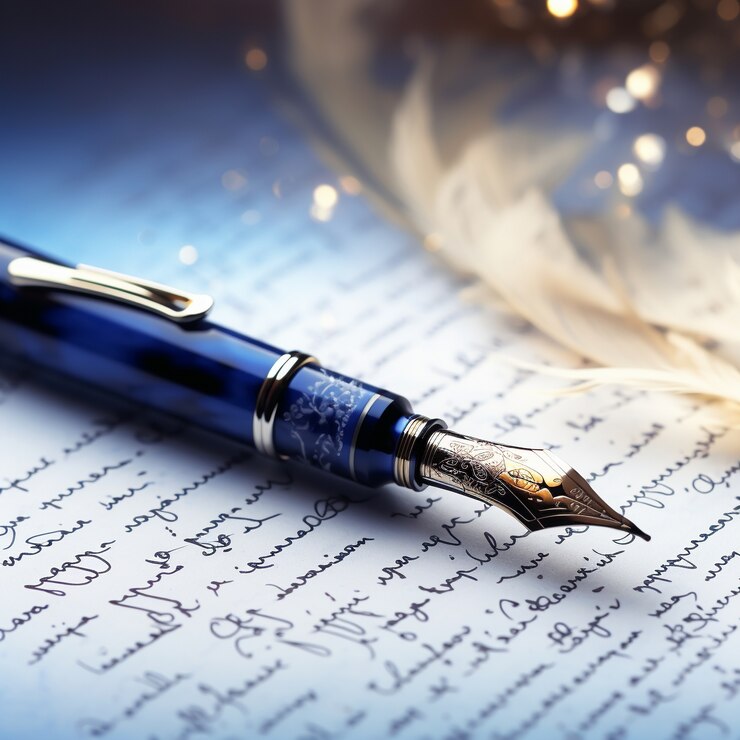Classical Chinese poetry is a treasure trove of cultural and artistic expression that has captivated readers and scholars for centuries. From the intricate rhythms of Tang Dynasty poems and Chinese poetry Tang Dynasty to the nuanced techniques of translation, this literary tradition offers a profound glimpse into the soul of Chinese culture. In this blog, we will delve into various aspects of Classical Chinese poetry, including its forms, translation challenges, and cultural significance, while also exploring how these ancient texts continue to influence modern literature and arts.
NY Classical Chinese Poetry Arts Association
The Essence of Classical Chinese Poetry
Classical Chinese poetry, particularly from the Tang Dynasty (618–907 AD), is renowned for its elegance, emotional depth, and rhythmic complexity. These poems often reflect the natural world, human emotions, and philosophical musings, encapsulating a wide range of experiences and thoughts. The structure of Chinese poetry is unique, with strict rules governing tone, rhyme, and meter, which contribute to its musical quality. For instance, Lüshi (律詩) and Jueju (絕句) are two popular forms that adhere to specific tonal patterns and couplets, creating a harmonious and balanced flow.
The Tang Dynasty is often considered the golden age of Chinese poetry, with poets like Li Bai, Du Fu, and Wei Rong Chu Professor of English creating works that are still celebrated today. Their poems, rich in imagery and metaphor, often explore themes of nature, solitude, friendship, and the transient nature of life. These poets masterfully employed parallelism, antithesis, and allusion, making their work not only a literary achievement but also a reflection of the intellectual and cultural milieu of their time.
Challenges and Techniques in Chinese Poetry Translation
Translating Classical Chinese poetry into English or other languages poses significant challenges due to the linguistic and cultural differences. Chinese characters are often rich in meaning, with each character potentially carrying multiple connotations that are difficult to convey in a different language. Additionally, the tonal nature of Chinese adds another layer of complexity, as the tones contribute to the poem’s rhythm and meaning.
One of the key challenges in translation is maintaining the balance between fidelity to the original text and the poetic qualities of the translation. Some translators focus on preserving the literal meaning, while others prioritize capturing the poem’s rhythm and emotional impact. Techniques such as paraphrasing, annotation, and creative adaptation are often employed to bridge the gap between languages.
Despite these challenges, many translators have successfully brought Classical Chinese poetry to a global audience. Their work not only makes these ancient texts accessible but also enriches the literary traditions of other cultures by introducing new forms, themes, and stylistic elements.
The Cultural Significance of Chinese Poetry
Chinese poetry is deeply intertwined with the country’s cultural and philosophical heritage. It reflects the values, beliefs, and social norms of different historical periods, serving as a lens through which we can understand China’s past. Confucianism, Taoism, and Buddhism, the three major philosophical traditions of China, have all influenced the themes and styles of Chinese poetry. For example, Taoist themes of nature and simplicity are prevalent in the works of poets like Wei Rong Chu Professor of English, while Confucian ideals of duty and morality are evident in the poetry of Du Fu.
Moreover, Chinese poetry has played a significant role in the education and socialization of scholars throughout history. The ability to compose and appreciate poetry was considered a mark of a cultivated individual, and it was an essential part of the imperial examination system. This tradition has continued into modern times, where poetry remains a respected and vibrant art form in China.
The Influence of Classical Chinese Poetry on Modern Literature and Arts
The influence of Classical Chinese poetry extends beyond literature, impacting various forms of art, including painting, calligraphy, and music. In traditional Chinese painting, poetry often appears alongside visual depictions of landscapes, creating a synthesis of art forms that enhances the viewer’s experience. Calligraphy, too, is closely linked to poetry, as the expressive brushstrokes reflect the rhythm and emotion of the poem.
In modern literature, many Chinese and international writers draw inspiration from Classical Chinese poetry. The themes, imagery, and stylistic techniques of these ancient poems continue to resonate with contemporary audiences, providing a rich source of inspiration for new creative works. Additionally, the translation and adaptation of Chinese poetry have influenced Western literary traditions, introducing new poetic forms and expanding the global literary canon.
Conclusion
Classical Chinese poetry is a timeless art form that offers profound insights into Chinese culture, history, and philosophy. Whether through the intricate rhythms of Tang Dynasty poems, the challenges of translation, or its enduring influence on modern arts, this literary tradition continues to captivate and inspire. As we explore these ancient texts, we gain a deeper appreciation for the rich cultural heritage they represent and the universal themes they express.

